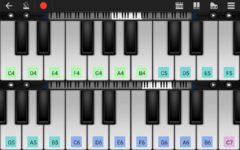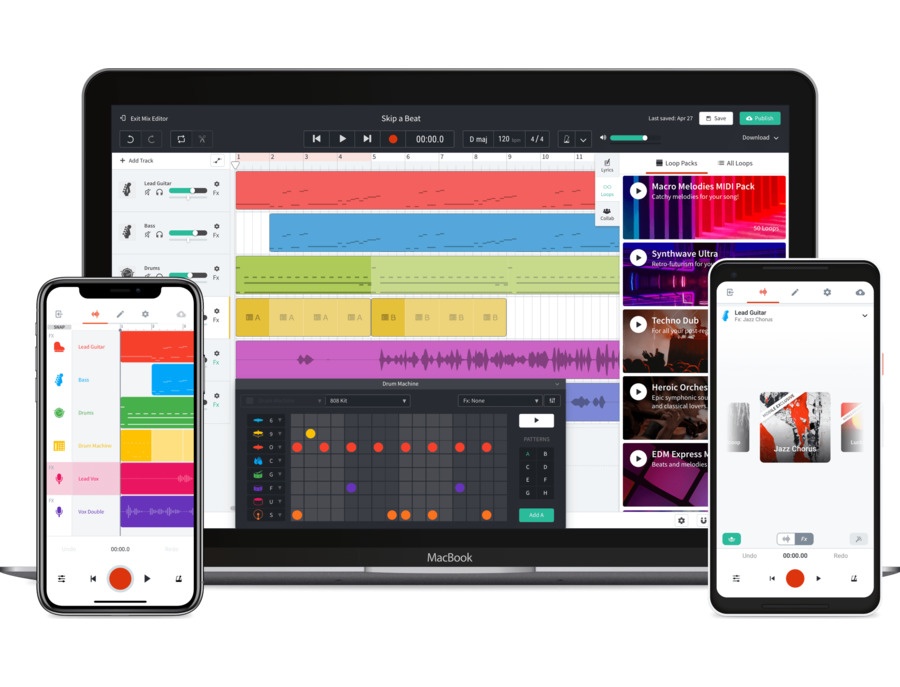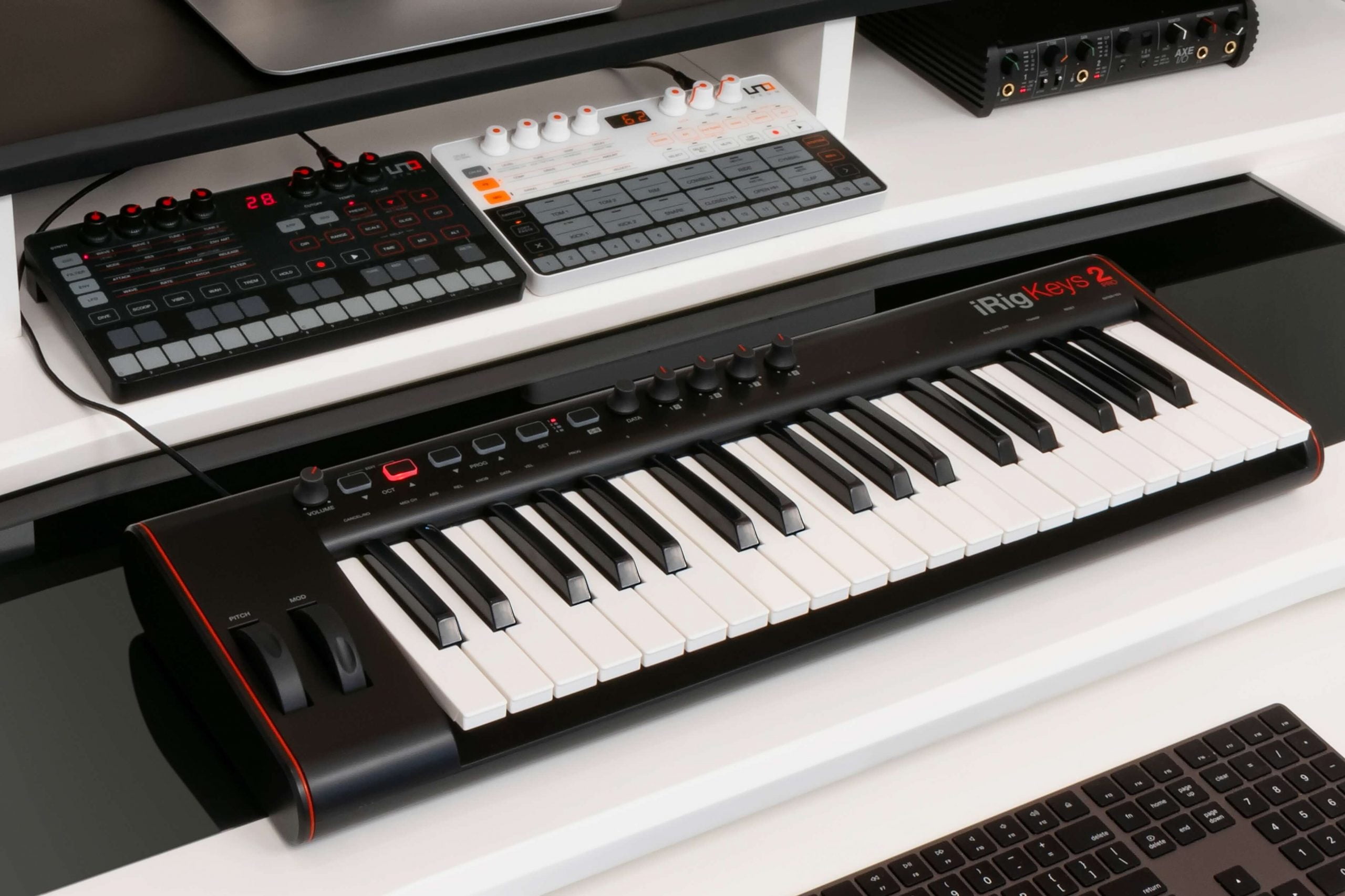

If we use pure I/O of the Arduino we would require 12 I/O(s) which is more then we can afford. In scan matrix terminology it is 8 columns and 4 rows. In order to read notes we need to scan 8 columns one by one and read 4. (I'll demonstrate it in my video :)). Casio Keys PCB (Pic1) uses scan matrix of 8 notes organized in 4 groups. Actually it will allow all 32 keys to be pressed at the same time which is likely would never be required unless you got a monkey playing the piano. We are planning a polyphonic device so we need to make sure our controller able to recognize more than one key pressed at the same time. Keyboard has 32 notes/keys that can be pressed or released simultaneously. So coming back to Keyboard that we need to read. I've got this one and found everything I needed so far:

The Arduino board usually comes in a kit with a breadboard, patch wires, resistors, sensors, LCD, LEDs, push buttons and other stuff that is cool to play with and experiment. Arduino is one of many ATMEGA variants and there are plenty of compatible Arduino boards so feel free to use any other compatible device. Arduino comes with IDE and number of examples. I've chosen to use Arduino board that uses ATMEGA based - programmable micro-controller. After that event needs to be interpreted and passed to other device as PC or MIDI enabled device that will hopefully do something useful as play music or make some noise (that no one except yourself will enjoy.

Ok, we have got a keys now we need something to read when keys being pressed and released.


 0 kommentar(er)
0 kommentar(er)
